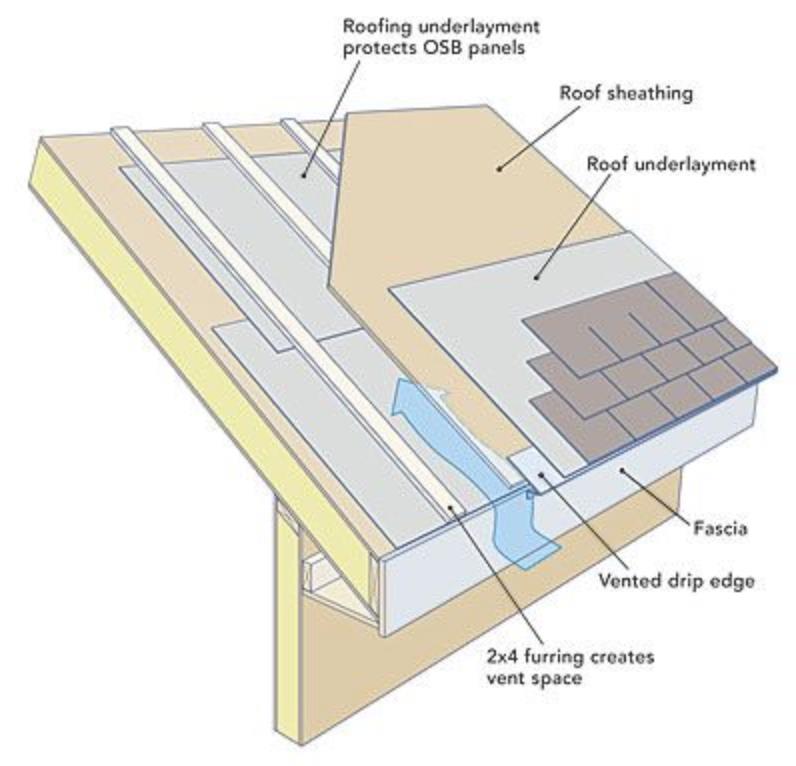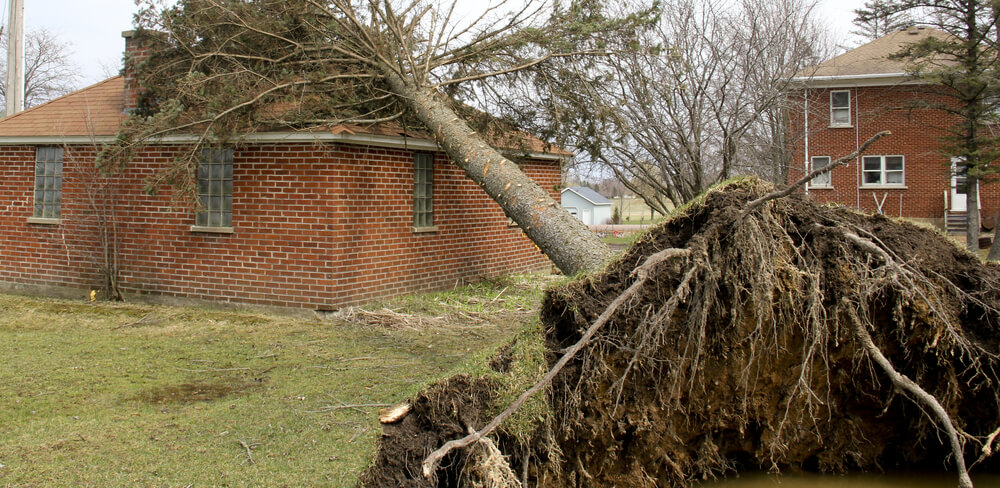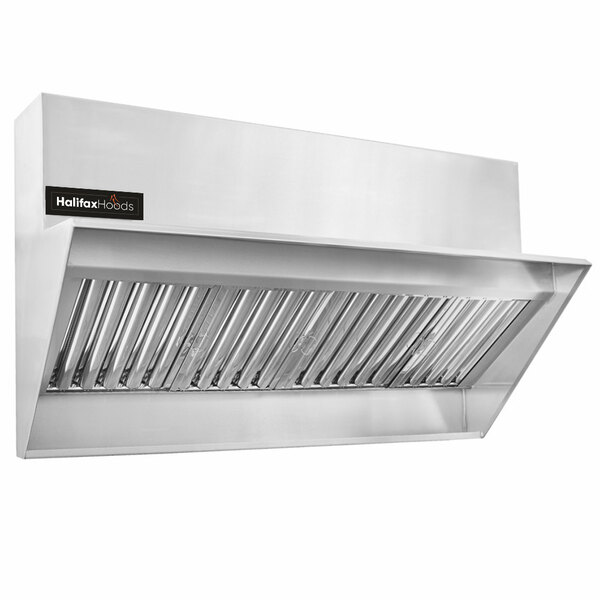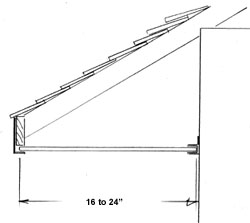Hot air likes to rise venting through the roof is the shortest path so it has the least possibility of condensation and shorter runs are more efficient.
Run bathroom duct through roof or underhang.
Start in the attic and drill a hole through the roof in the desired vent location.
This is typically the case for ducts that run through a dropped ceiling or soffit or between joists so long as the floor system sits on top of a conditioned basement or crawlspace.
An exhaust vent fan can exhaust out through a gable end side wall or out through a soffit overhang.
Leave the drill bit sticking through the roof so you can find the hole.
This article series explains how to install bathroom exhaust fans or vents the vent ducting the vent termination at the wall soffit or roof vent fan wiring bath vent duct insulation bath vent lengths clearances routing and we answer just.
The 2nd bathroom vent drips on the floor and is ruining the ceiling.
The point of a bathroom exhaust vent or any vent really is to remove hot moist air from the house.
More often bathroom fans vent out through a duct running up to the roof.
This article describes the recommended slope direction on bath exhaust fan ducts to avoid icing and related building leaks.
From up on the roof use a jigsaw or reciprocating saw to cut a 4 in.
One in line centrifugal fan can be mounted in the attic to exhaust the moisture from two bathrooms.
Whether it s new construction or a remodel a bathroom vent should always vent through the roof instead of an eave overhang or soffit.
Depending on the location of the bathroom it may be easy to vent the exhaust fan through the roof.
Try to keep it close to the fan location.
Attics can be problematic when insulation is located in the attic floor rather than in the rafter bays or better yet outside the roof sheathing.
And of course a bathroom with a window doesn t require an exhaust vent.
It is because of this that many builders tend to advise against this method.
Fantec makes some nice remote fan systems virtually silent in operation and you only need one fan for the 2 or more bathrooms.
This involves running ductwork from the fan usually though an attic and out through the roof.
Each fan vents separately out the roof.
And while both a roof vent and an overhang vent perform this task there is one big difference.
Each bathroom has its own exhaust fan.
In order to accomplish this the roof has to have a hole cut in it.
The master bathroom and the 2nd bathroom vent through the roof and through the same opening.
Although most bathroom vent fans are quite simple some have bells and whistles such as motion sensors that switch the.
The 2 pipes one a 4 master and the other a 3 2nd do not go through the ceiling but into a common box that goes through the roof.










-(1).jpg)












